When it comes to logistics, transportation, and freight handling, a fundamental parameter that stakeholders across various sectors must contend with is the size of the vehicles employed, particularly tractor trailers. This guide delves into the height of tractor trailers, weaving through various dimensions, industry standards, and regulatory factors influencing these vehicles. It ultimately aims to provide clarity for manufacturers, operators, and anyone involved in the transportation sector.
The Standard Height of Tractor Trailers
The standard height of a tractor trailer fluctuates based on a combination of vehicle make and model, load, and regional regulations. However, there are general specifications that are typically observed.
Standard Measurements
Tractor Height: The height of a tractor unit (the front part of the rig that contains the engine and cabin) usually ranges from 13.5 to 14.5 feet (approximately 4.1 to 4.4 meters). This measurement is crucial for ensuring compatibility with overpasses and bridges.
Trailer Height: Commonly, the height of a freight trailer reaches heights of 13.5 feet (about 4.1 meters) while being laden and may reach higher when unloaded. However, it should be noted that some specialized trailers, such as those used for transporting certain types of cargo, may feature additional height.
Overall Vehicle Height: Thus, when combined, the total height of a tractor trailer typically falls within the general range of 13.5 to 14.5 feet.
| Vehicle Component | Typical Height (Feet) | Typical Height (Meters) |
|---|---|---|
| Tractor | 13.5 – 14.5 | 4.1 – 4.4 |
| Trailer | 13.5 | 4.1 |
| Total Height | 13.5 – 14.5 | 4.1 – 4.4 |
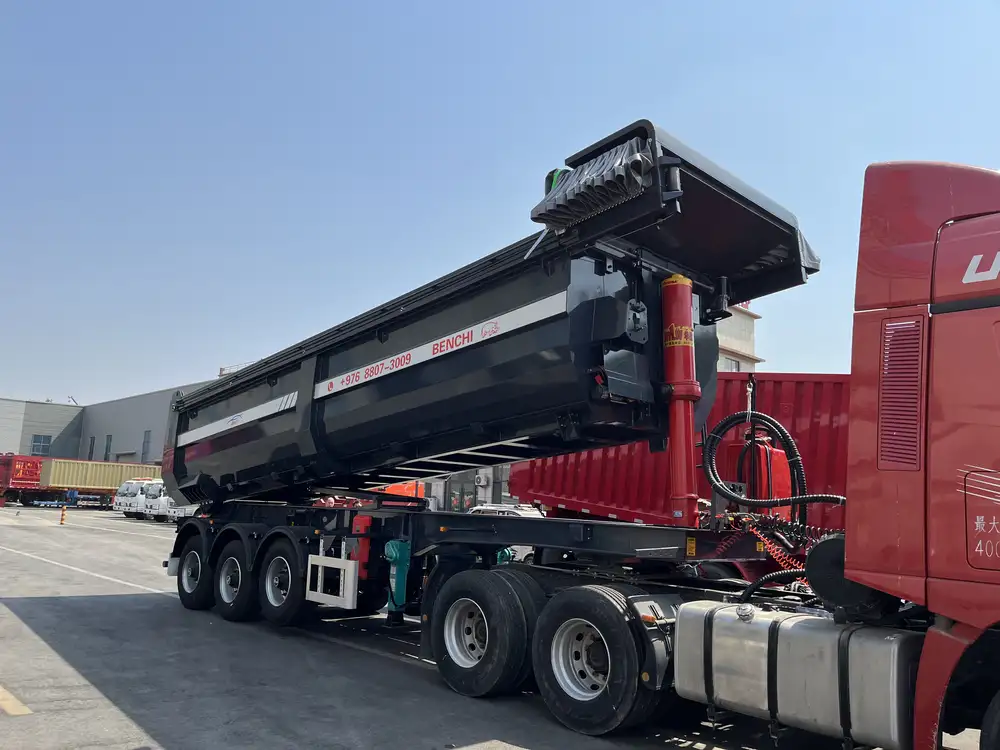
Factors Influencing Tractor Trailer Height
Several different elements influence the height of a tractor trailer. Understanding these variables is crucial for businesses involved in logistics and transport.
1. Regulatory Compliance
Different states, regions, and countries have specific regulations governing the maximum allowable height of freight vehicles. In the United States, the Federal Highway Administration (FHWA) generally allows heights up to 13.5 feet. However, some jurisdictions may impose stricter limits, necessitating careful route planning.
2. Load Type and Weight
The type of cargo being transported often dictates the height configuration of trailers. For example, refrigerated trailers, or reefers, tend to have different heights compared to flatbeds or dry vans. Additionally, higher loads can often lead to adjustments in the configuration of the truck. Therefore, the weight and type of the shipment can enhance or restrict the height.
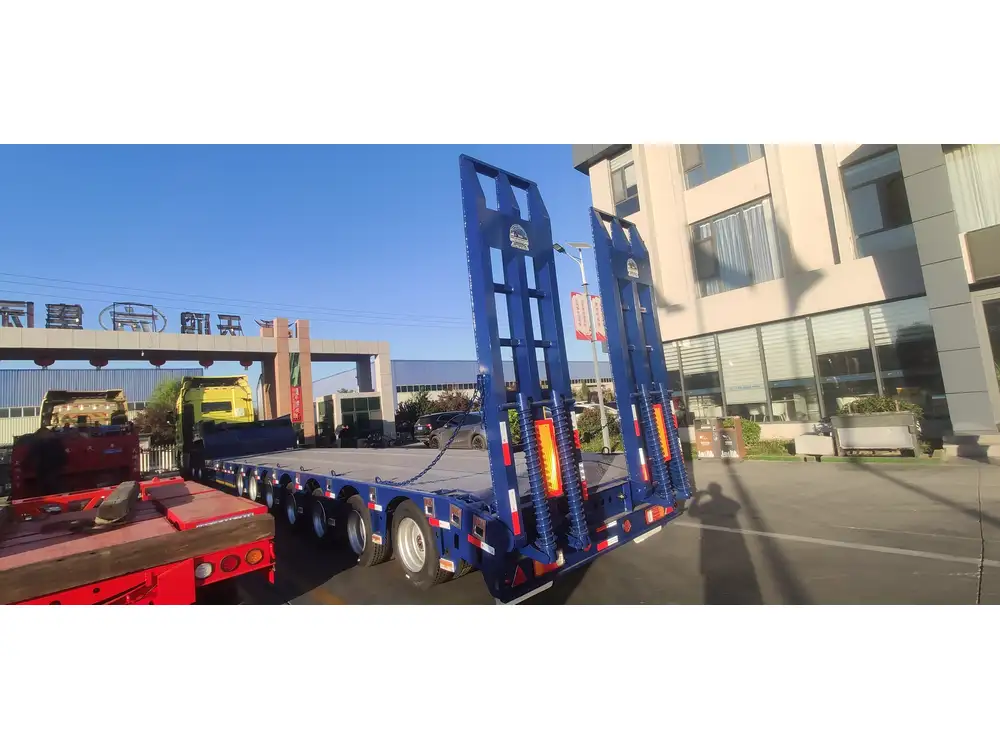
3. Design of the Tractor and Trailer
Manufacturers offer a variety of designs that may contribute differently to overall height. For instance, low-profile trailers are designed to accommodate taller loads, making the choice of trailer and tractor essential depending on logistics needs.
Importance of Knowing Tractor Trailer Height
Safe Transport and Navigation
Understanding tractor trailer height is crucial for avoiding accidents and damage during transportation. Oversized loads can lead to significant safety hazards, including collisions with overpasses and power lines. Proper height awareness ensures that logistics operators can efficiently plan transportation routes without encountering unexpected restrictions.
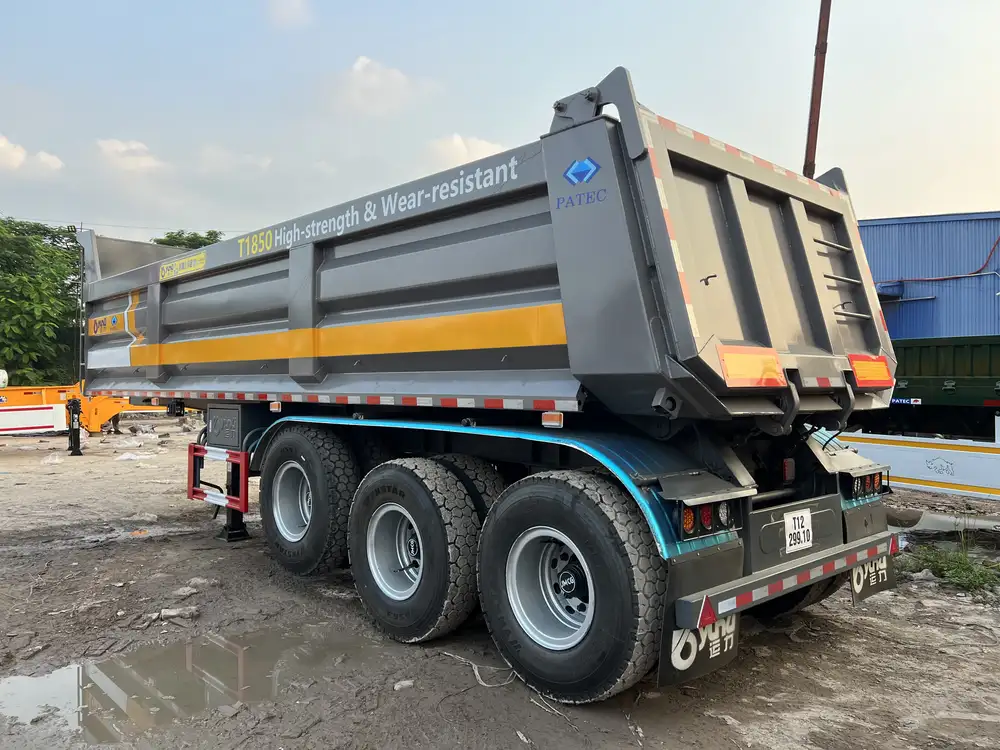
Fleet Management Considerations
For logistics companies, knowing the height specifications can facilitate optimized fleet management. This includes route planning, trailer selection, and compliance with local regulations, which is paramount for ensuring timely deliveries and avoiding bureaucratic hiccups.
Load Regulation Compliance
It is not just important for drivers to know the height of their rigs, but also for shippers and carriers engaged in load planning. Ensuring that loads do not exceed stipulated heights helps in circumventing additional fees, potential fines, or the necessity for special permits.
Recommendations for Safe Transportation
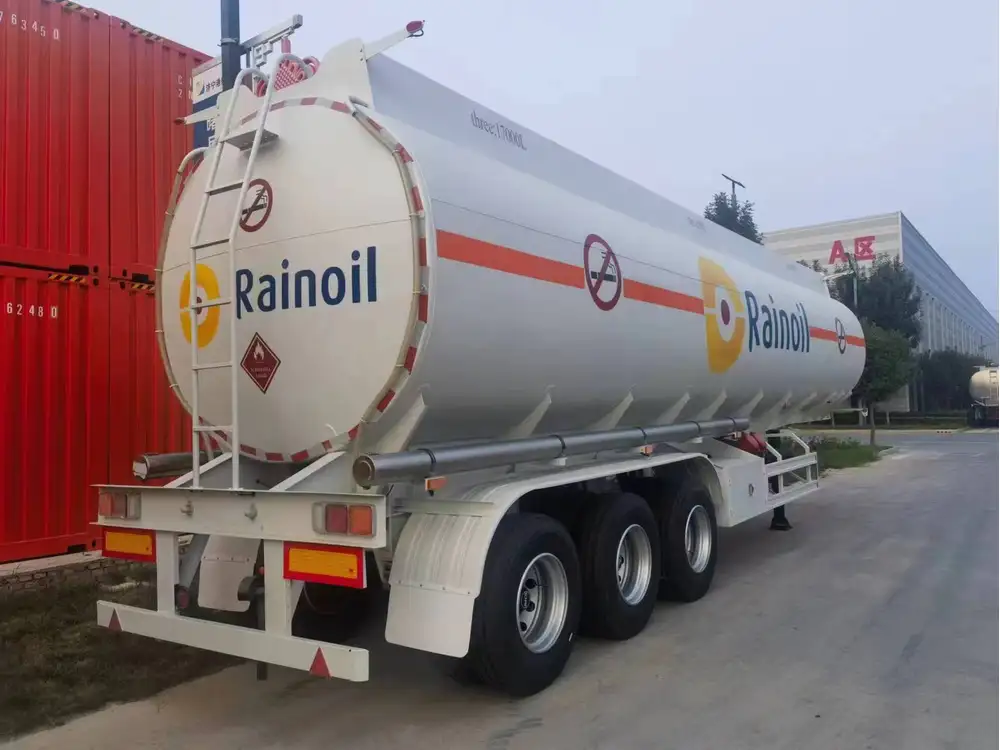
Pre-Trip Inspections
Before embarking on any journey, drivers should conduct thorough inspections to verify that the vehicle complies with height requirements. This includes checking the load height and ensuring that any gear or structures placed atop the trailer are secured appropriately.
Route Planning Tools
Employing technology, such as GPS and routing applications tailored for commercial vehicles, can significantly aid in planning routes that avoid low-clearance bridges and overpasses. Several mobile applications provide users with height clearance information, allowing for informed decision-making on the road.
Communication within the Logistics Chain
Effective communication is paramount among all parties involved in the logistics chain. Shippers, carriers, and drivers should consistently share information regarding load specifications and trailer height to mitigate any potential issues that might arise during transit.
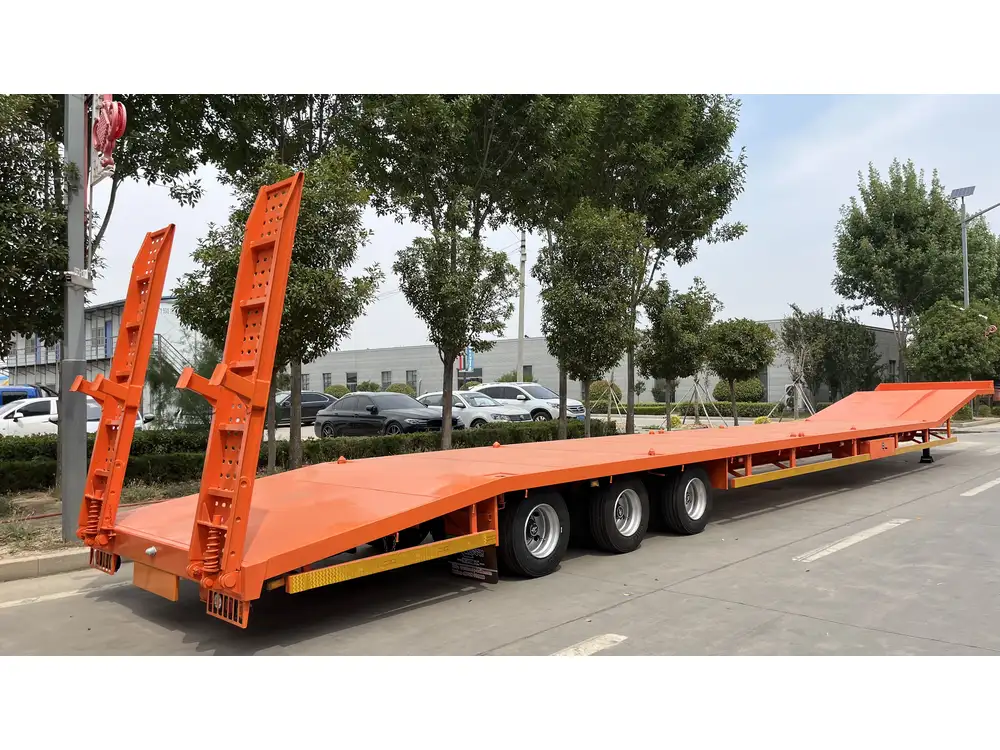
Height Regulations Across Regions
North America
In North America, the standard maximum height for commercial trucks is predominantly 13.5 feet. Each state may impose specific restrictions or allowances, making it essential to research local regulations before transport.
Europe
European regulations also mandate height limits, typically ranging between 4 meters (approximately 13.1 feet) and 4.5 meters (approximately 14.8 feet), depending on the specific country. Ensuring compliance with these varied heights across different nations is crucial for international logistics operations.
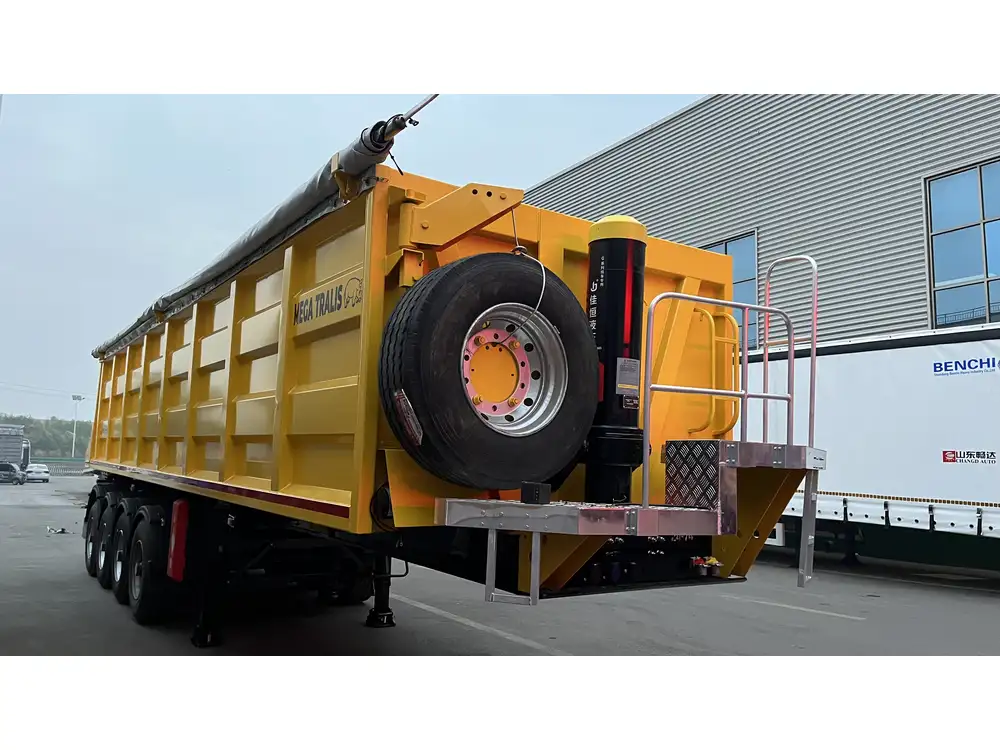
Australia
In Australia, the National Heavy Vehicle Regulator (NHVR) lays down regulations capping heights at 4.3 meters (approximately 14.1 feet) for general access vehicles, with specialized vehicles able to legally transport taller structures under specific permits.
| Region | Standard Height Limit (Feet) | Standard Height Limit (Meters) |
|---|---|---|
| North America | 13.5 | 4.1 |
| Europe | 13.1 – 14.8 | 4.0 – 4.5 |
| Australia | 14.1 | 4.3 |
Conclusion
Understanding the height of tractor trailers is undoubtedly a critical component for safety, compliance, and operational efficiency within the transportation sector. By navigating through default measurements, regulations, and preventive strategies, operators can significantly enhance their logistics operations, ensuring efficient navigation across various terrains and structures.
Accepting responsibility for height regulation compliance is essential in fostering a safe transportation environment. By equipping logistics managers, carriers, and truck drivers with the requisite knowledge about tractor trailer dimensions, entities can streamline their operations, mitigate risk, and ultimately contribute to a more efficient transportation framework.
To effectively engage in this sector, it is imperative that all involved grasp the multifaceted nature of tractor trailer height specifications while adapting to evolving regulations and safety paradigms.



